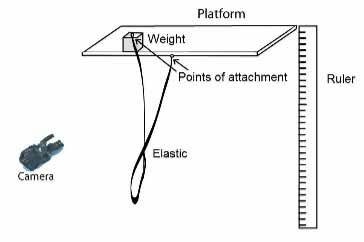 If the physics and mathematics of bungee jumping are amongst your interests, you are, as they say, spoilt for choice. There are quite a number of readily accessible academic studies at your disposal. Might we suggest (in no particular order)…
If the physics and mathematics of bungee jumping are amongst your interests, you are, as they say, spoilt for choice. There are quite a number of readily accessible academic studies at your disposal. Might we suggest (in no particular order)…
• Understanding the physics of bungee jumping by A. Heck, P. Uylings, E. Kędzierska
• Bungee jump model with increased stretch-prediction accuracy
by J. W. Kockelman, M. Hubbard
• The Greater-Than-g Acceleration of a Bungee Jumper
by David Kagan and Alan Kott
• The Mechanics of Bungee Jumping
by D. R. H. Jones
Safety notes: Before embarking on any practical bungee-based experiments involving humans, it might be an idea to read this advice provided by the University of Maryland, US.
DANGER – IMPORTANT NOTE: Bungee cords are made of shock cords (elastomers) or from rubber. They DO NOT behave as linear springs. It would be dangerous to assume linearity of a real bungee jumping cord and make calculations on this basis.
Also see:
Give ‘Em Enough Rope: Perception of Health and Safety Risks in Bungee Jumpers

Published on May 29, 2015 07:23
